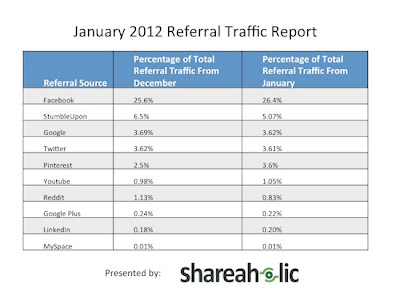As the population grows, the demand for foods multiply also. There are large amount of mouth to feed yet our country still can't produce sufficiency. Philippines rely on importation. Our country still the top imported of rice in the world.
- - - - - - - - - - - - -
2020 vision looks forward to farming 10 years hence
http://www.malaya.com.ph/02242012/agri1.html
IN the next decade, at least P50 billion to P60 billion in public expenditure is needed each year to modernize Philippine agriculture and fisheries.
Up to 2006, the annual appropriations to the Department of Agricutlure was only about P18 billion to P20 billion. It has since more than doubled to P54 billion.
Thus, the lack of fund has ceased to be a real constraint. Hence, the guarded optimism for healthy growth of agriculture in the coming years.
The big challenge now is to allocate resources properly in a balanced and carefully calibrated manner which will contribute the most to the national goals of reducing poverty and increasing food security.
The anemic performance of Philippine agriculture in the last three decades has not been for lack of appropriate laws, policies, institutions, programs and human resources.
Most of the features of modern agriculture are in place.
What had been lacking for the most part are the political will to converge public and private investments and interventions; and greater transparency and accountability in the use of public funds.
Agricultural development is not just the improvement of agricultural systems. It must also be the empowerment of those working the land, the forests and the waters of the country. One reason is that poverty is especially severe in small farms and in upland and coastal areas.
The transfer of property or usufruct rights to farmers and fishers would improve the structure and efficiency of tenure systems by stimulating them to invest on their assets.
Given control over assets and provided the necessary public support, rural families can then liberate themselves from grinding poverty.
The modernization of Philippine agriculture calls for massive public investments in physical infrastructure, in rural credit and finance, in human capital and institutions. These public investments make agriculture more productive and less risky – and more competitive for private investments.
Appropriate laws, policies, rules and regulations need to be in place to make public institutions work and to define the space within which the private sector has to operate. Most importantly, development to be sustainable and equitable requires the participation of stakeholders.
The Philippine Agriculture 2020 Strategy is a medium term plan articulated by scientists, farmers, entrepreneurs and other stakeholders in a series of consultations and workshops convened by the National Academy of Science and Technology,
It looks forward 10 years from now, when agriculture shall have a major role in reducing poverty, achieving food security and increasing global competitiveness for Philippine produce, sustainability, and justice and peace.
It is essentially a blueprint for the modernization of agriclture not so much from the perspective of planners and legislators but from the point of view of stakeholders, the technical people and the implementors.
It basically reinforces existing programs and policies but richer in organization and technical details.
Most of the added value of the Philippine Agriculture 2020 Strategy come from the updating of road maps for specific industries. These should be translated into operational national commodity programs.
In the near-term, local governments and Department of Agriculture regional offices need to be strengthened. The Bureau of Agricultural Extension must be resurrected while operations and oversights of the National Irrigation Administration must be reviewed.
Land reform needs to be completed.
In the medium- and long-term, a National Land Use Policy must be enacted. To unify lands administration and public lands management, a Lands Administration Authority under the Department of Environment and Natural Resources must be created. ScienceNewsPhilippines
(Dr. Emil Q. Javier is the President of the National Academy of Science and Technology.) -





 3:13 PM
3:13 PM
 Unknown
Unknown








































